It’s important to read all the information on this page, but if you want to download / view the WASSCE / WAEC Elective / Further Mathematics Syllabus straight away, just click the link below:
Note:
Aims of the WASSCE / WAEC Elective / Further Mathematics Syllabus
The aims of the syllabus are to test candidates on:
- further conceptual and manipulative skills in Mathematics;
- an intermediate course of study which bridges the gap between Elementary Mathematics and Higher Mathematics;
- aspects of mathematics that can meet the needs of potential Mathematicians, Engineers, Scientists and other professionals.
Examination Format
There will be two papers both of which must be taken.
| PAPER | 1: | (Objective) | – | 1½ hours (50 marks) | |||
| PAPER | 2: | (Essay) | – | 2½ hours (100 marks) | |||
| PAPER | 1 (50 marks) | – | This will contain forty multiple-choice questions, testing the | ||||
| areas common to the two alternatives of the syllabus, made up | |||||||
| of twenty-four from Pure Mathematics, eight from Statistics and | |||||||
| Probability and eight from Vectors and Mechanics. Candidates | |||||||
| are expected to attempt all the questions. | |||||||
| PAPER | 2 | – | This will contain two sections — A and B. | ||||
| SECTION A | (48 marks) | – | This will consist of eight compulsory questions that are | ||||
| elementary in type, drawn from the areas common to both | |||||||
| alternatives as for Paper 1 with four questions drawn from Pure | |||||||
| Mathematics, two from Statistics and Probability and two from | |||||||
| Vectors and Mechanics. | |||||||
| SECTION B | (52 marks) | – | This will consist of ten questions of greater length and difficulty | ||||
| consisting of three parts as follows: | |||||||
| PART I (PURE MATHEMATICS) | – | There will be four questions with two drawn from the | |||||
| common areas of the syllabus and one from each | |||||||
| alternatives X and Y. | |||||||
| PART II (STATISTICS AND PROBABILITY) – | There will be three questions with two drawn | ||||||
| from common areas of the syllabus and one | |||||||
| from alternative X. | |||||||
| PART III (VECTORS AND MECHANICS) | – | There will be three questions with two drawn | |||||
| from common areas of the syllabus and one from | |||||||
| alternative X. | |||||||
Candidates will be expected to answer any four questions with at least one from each part.
Electronic calculators of the silent, cordless and non-programmable type may be used in these papers. Only the calculator should be used; supplementary material such as instruction leaflets, notes on programming must in no circumstances be taken into the examination hall. Calculators with paper type output must not be used. No allowance will be made for the failure of a calculator in the examination.
A silent, cordless and non-programmable calculator is defined as follows:
- It must not have audio or noisy keys or be operated in such a way as to disturb other candidates;
- It must have its own self-contained batteries (rechargeable or dry) and not always be dependent on a mains supply;
- It must not have the facility for magnetic card input or plug-in modules of programme instructions.
Detailed Syllabus
In addition to the following topics, harder questions may be set on the General Mathematics/ Mathematics (Core) syllabus.
In the column for CONTENTS, more detailed information on the topics to be tested is given while the limits imposed on the topics are stated under NOTES.
NOTE:
Alternative X shall be for Further Mathematics candidates, since the topics therein are peculiar to Further Mathematics.
Alternative Y shall be for Mathematics (Elective) candidates, since the topics therein are peculiar to Mathematics (Elective).

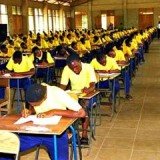
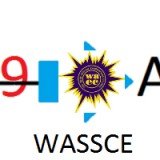




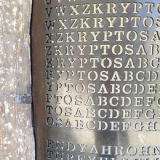



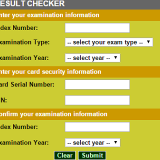
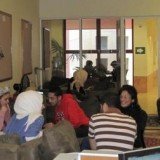
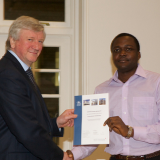


Please I will also like to know more about this website
Hi Yahaya, please visit our ‘About’ page(http://larnedu.com/about-us/) for that. Best.